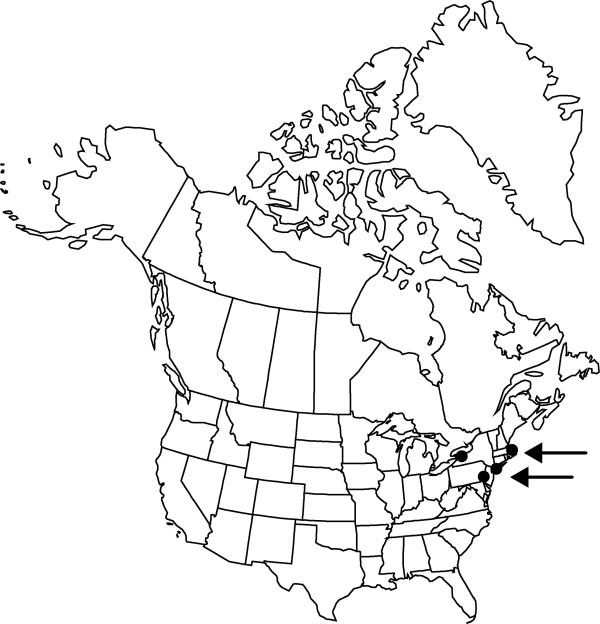familyChenopodiaceae
genusChenopodium
subgenusChenopodium subg. Chenopodium
subsectionChenopodium subsect. Polysperma
speciesChenopodium polyspermum
Difference between revisions of "Chenopodium polyspermum var. polyspermum"
Treatment appears in FNA Volume 4. Treatment on page 286.
imported>Volume Importer |
imported>Volume Importer |
||
| Line 43: | Line 43: | ||
|publication year= | |publication year= | ||
|special status= | |special status= | ||
| − | |source xml=https:// | + | |source xml=https://bitbucket.org/aafc-mbb/fna-data-curation/src/2e0870ddd59836b60bcf96646a41e87ea5a5943a/coarse_grained_fna_xml/V4/V4_532.xml |
|genus=Chenopodium | |genus=Chenopodium | ||
|subgenus=Chenopodium subg. Chenopodium | |subgenus=Chenopodium subg. Chenopodium | ||
Latest revision as of 22:59, 5 November 2020
Plants spreading to suberect. Leaf blades green or yellowish green, apex usually obtuse. Inflorescences lax, cymose and axillary.
Phenology: Fruiting summer–fall.
Habitat: Moist disturbed soils, gardens, waste areas
Elevation: 10-100 m
Distribution

Introduced; Mass., N.J., N.Y., Pa., native to Europe, n Asia, introduced in many other regions of the world.
Discussion
Selected References
None.
Lower Taxa
None.